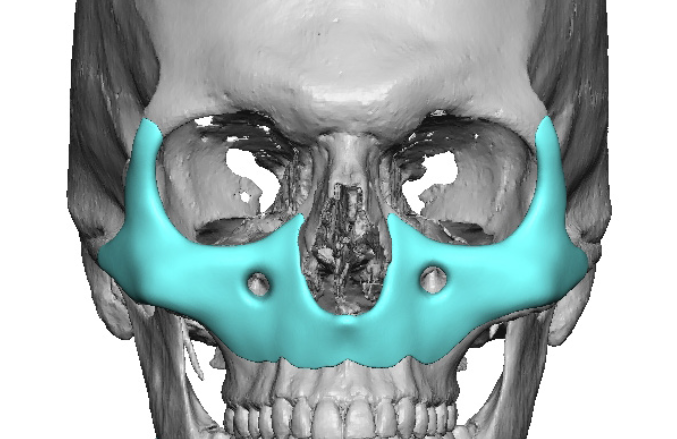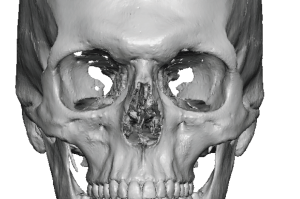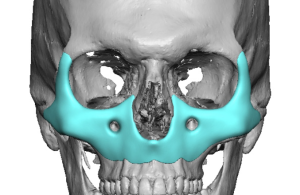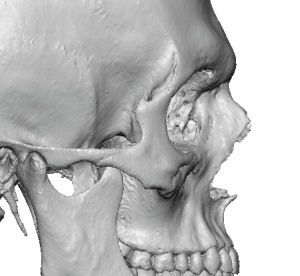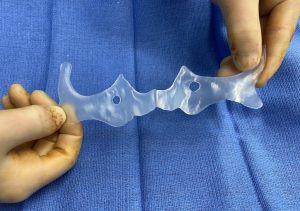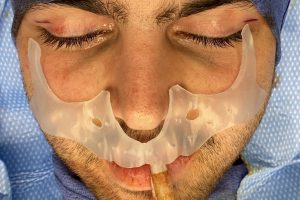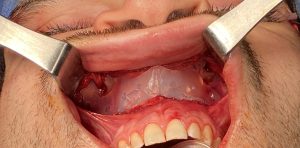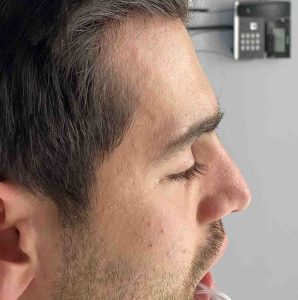Background: Augmentation of the upper (forehead-brow bone) and lower (chin-jawline) third of the face have well known techniques, how to do so for the middle third of the face is less clear. What anatomically separates the middle third of the face for the upper and lower face is that is has a major concave component to it. The infraorbital rims and cheeks ideally have a convex shape to them, the maxilla and pyriform aperture regions of the lower midface are concave in shape.
Augmentation of the deficiency midface is historically done moving the midface bones forward by osteotomy. Various levels of LeFort osteotomies exist to treat lower to complete midface skeletal deficiencies. For total midface bony augmentation a LeFort III osteotomy would be needed. Understandably given the magnitude of the procedure and the changes that would occur at the tooth level this is not an appealing option for most patients.
Injection fat grafting is the most common form of midface augmentation today. While effective for some selective midface areas like the cheeks or undereyes, injecting fat for a more complete midface effect would undoubtably cause a bloated looking appearance that would be very hard if not impossible to reverse.
Implants remain a very useful method of midface augmentation. Standard cheek, pyriform aperture and tear trough implants can be useful for spot augmentations of the midface. But for a total midface effect no mixture of standard midface implants will work for an effective and complete augmentation result. This is where the role of custom midface implants comes into play.
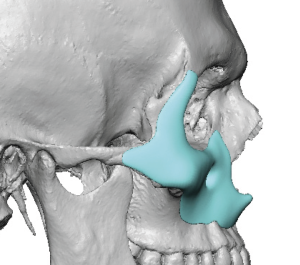
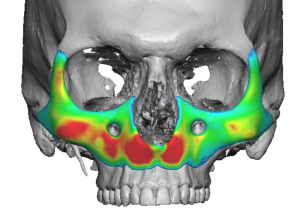
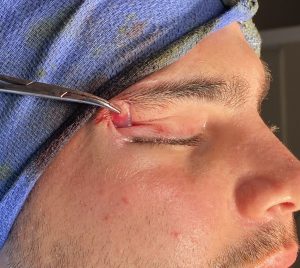

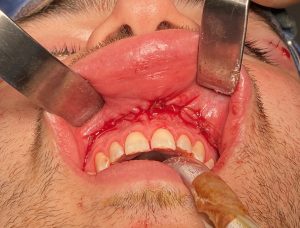
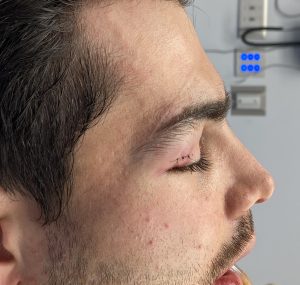
Because the custom midface implant covers such a large surface area it does not need to be particularly thick in any one area. In fact the most common design error is to make it too thick. The goal is different than the indications for a true LeFort III osteotomy in which larger midface deficiencies are being treated. But just like any LeFort procedures in which the midfacial tissues are degloved/released which can lead to nostril widening. It is the same degloving that is needed for a complete midface implant so the same preventive maneuvers for nostril narrowing needs to be done.
Case Highlights:
1) Augmentation of the entire midface can be done by a custom implant design that has an effect similar to a Lefort III osteotomy…minus the dentoalveolar changes.
2) Custom midface implants can be placed through an intraoral approach which may need to be supplemented with eyelid incisions based on how far along the orbital rim and zygomatic arch the implant extends.
3) To prevent postoperative nostril widening after facial degloving and implant placement an alar cinch suture and V-Y incisional closures are needed.
4) Besides the swelling it will take 4 to 6 weeks after surgery for the normal movement off the upper lips and smile to return.
Dr. Barry Eppley
Indianapolis, Indiana

